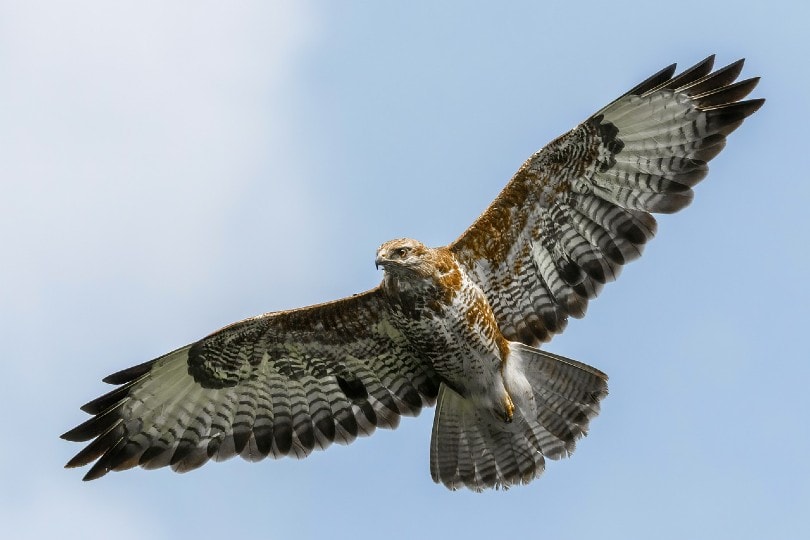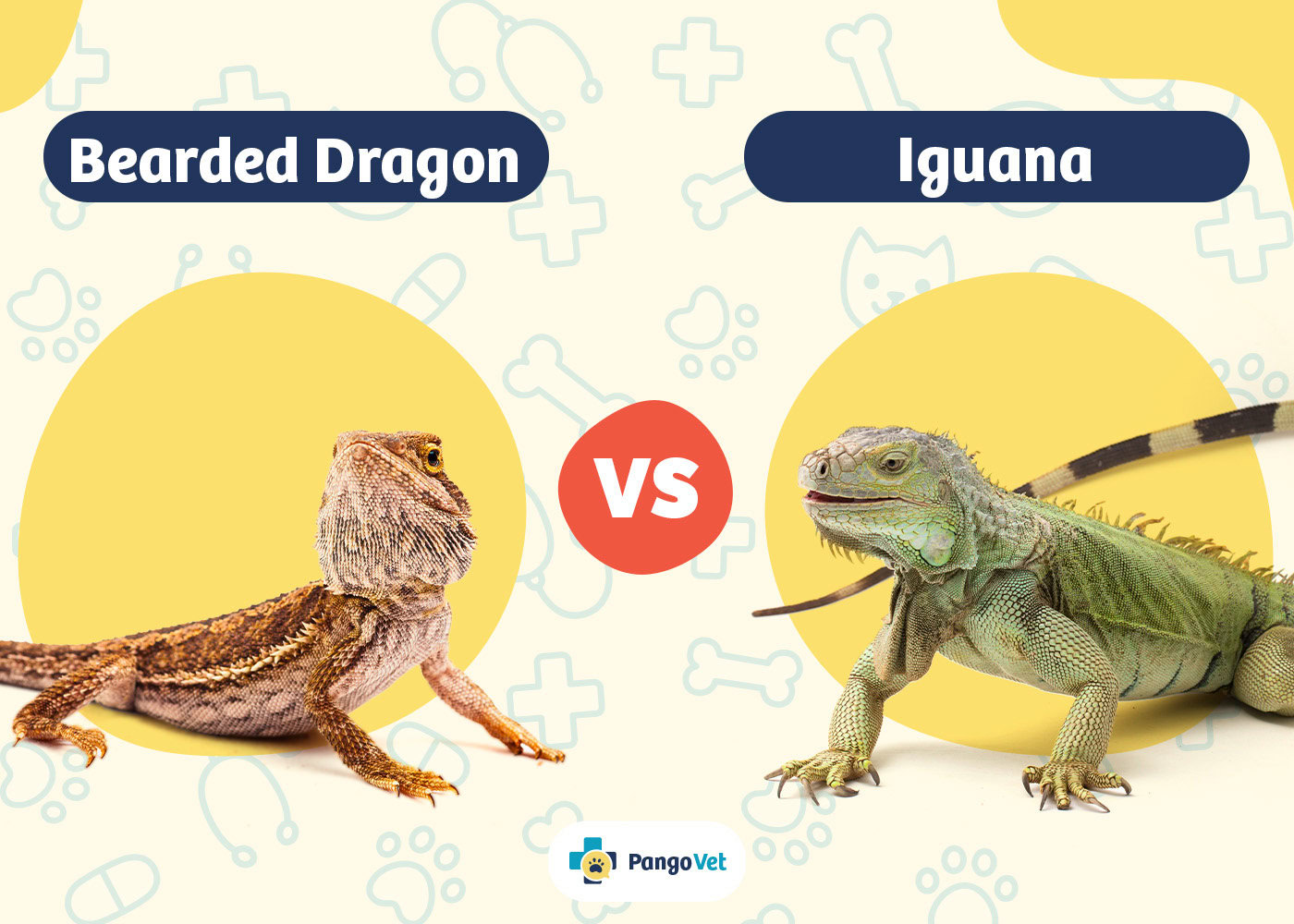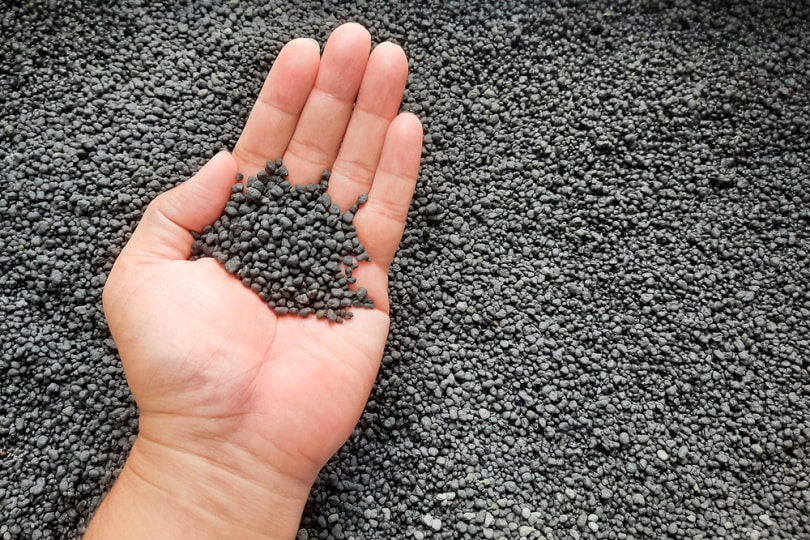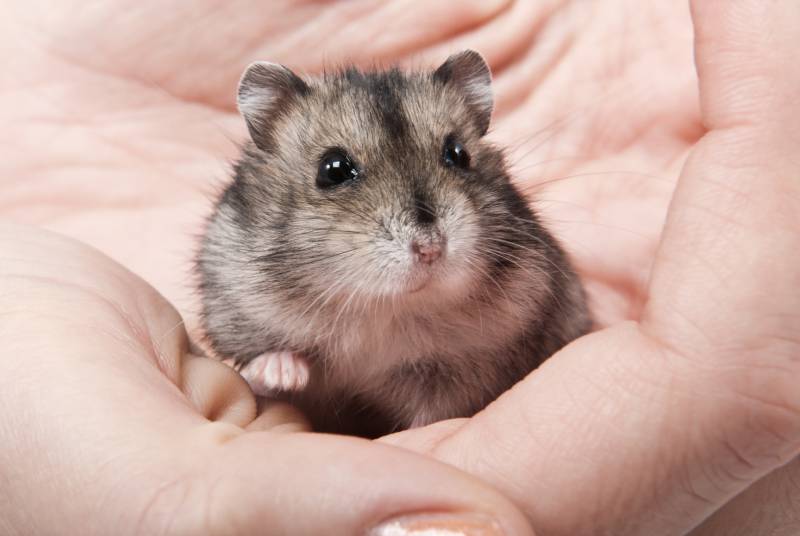VET APPROVED

The information is current and up-to-date in accordance with the latest veterinarian research.
Learn more »Click to Skip Ahead
Small dogs face several outdoor dangers, including larger dogs and, depending on where you live, wild animals like coyotes, foxes, and bears. One strange thing you might have heard of is that a hawk can carry them away. While this is extremely rare, there have been reports of hawks attempting to pick up puppies or very small dogs. These powerful birds of prey have sharp, curved talons and hook-tipped beaks that could injure small pets.

Birds of Prey
Birds of prey are several species of predatory birds that hunt other animals for food using their keen eyesight, powerful talons, and sharp beaks. Included in this family are hawks, eagles, falcons, and owls.
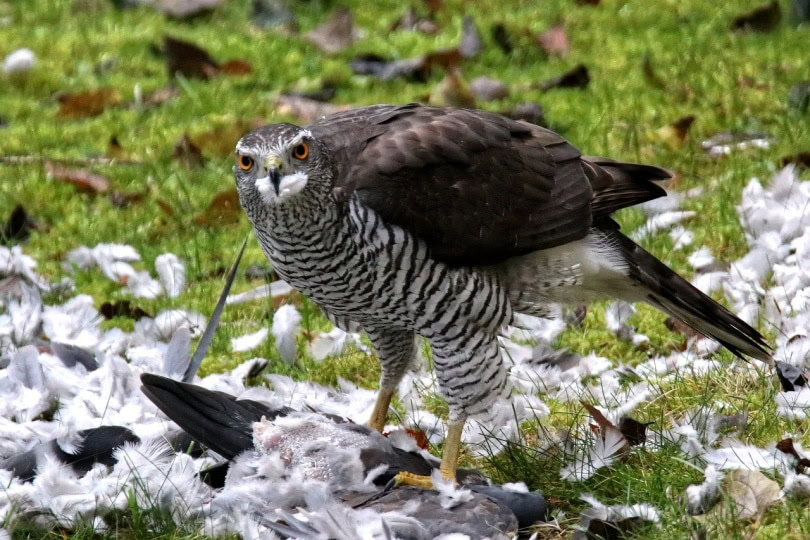
Prey Preferences of Hawks
Hawks have specific food preferences, primarily focusing on small-sized animals. Their diet may include rodents, snakes, smaller birds, and occasionally, small mammals like squirrels and rabbits. A small dog is much larger than these animals, but can become a target if food is scarce and the perfect opportunity arises.
The Hawk’s Talons
The primary tool of the hawk is its powerful talons. These sharp, curved claws vary in size depending on the species of hawk, but regardless, they can latch onto a victim with amazing force, overpowering many animals, including small dogs.
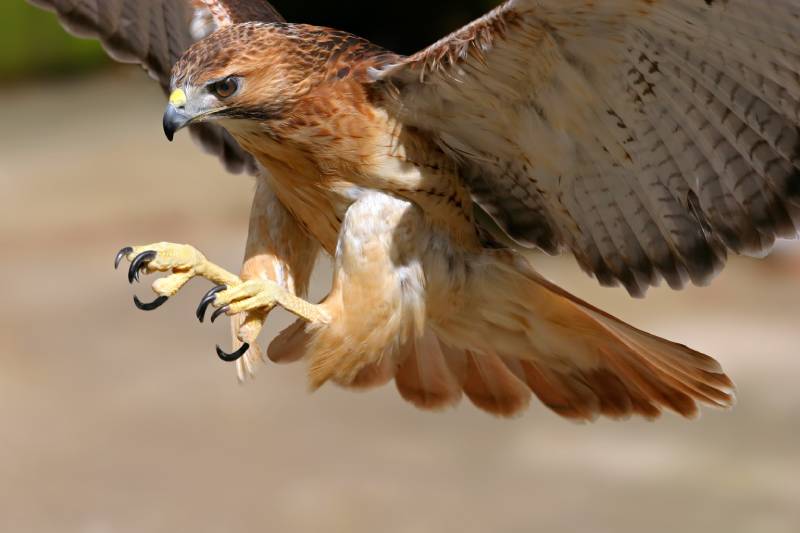
The Hawk’s Size
The size and weight of a hawk compared to a dog are crucial factors in assessing the plausibility of one carrying off your dog. Fortunately, hawks are generally not large enough to lift heavy animals like dogs and rely on their agility and speed to surprise and catch their prey instead of taking them away in flight. There are several species of hawks in the United States, with the Red-Tailed Hawk being the most widespread. Most have a 2- to 5-foot wingspan and weigh just over 3 pounds. The Ferruginous Hawk in the deserts and prairies of the western United States is the largest and can carry off small prairie dogs.
Flight Adaptations of Hawks
Hawks have amazing soaring abilities, effortlessly gliding through the skies and searching for food at speeds up to 120 miles per hour. Their wings are specially adapted for aerial maneuvering, enabling them to make swift turns and sudden dives to catch their prey. However, despite their incredible flight skills, carrying a large dog while flying would be an immense challenge for any hawk, and they wouldn’t be able to go far.

Hawks vs. Other Birds of Prey
While hawks are powerful predators in their own right, some other birds of prey are bigger and stronger. For example, eagles are known for their ability to hunt larger prey than themselves and have been documented lifting small animals and fish. However, even the largest eagles would find lifting a dog difficult.
Is My Dog in Danger?
Fortunately, a hawk carrying off a dog is extremely rare and would only occur with small puppies and tiny breeds like the Pomeranian, Chihuahua, and toy breeds. They are more likely to attack them on the ground than attempt to carry them off, which could result in serious injury or even death, especially if the dog is out in the yard alone. In many cases, the hawk cannot lift animals weighing more than their own weight, approximately 3 pounds.

The 6 Tips for Keeping Your Dog Safe
1. Supervise Outdoor Activities
When your dog is outside, always keep a close eye on them. Avoid leaving them unattended in open areas, especially at dawn and dusk when hawks are more active.
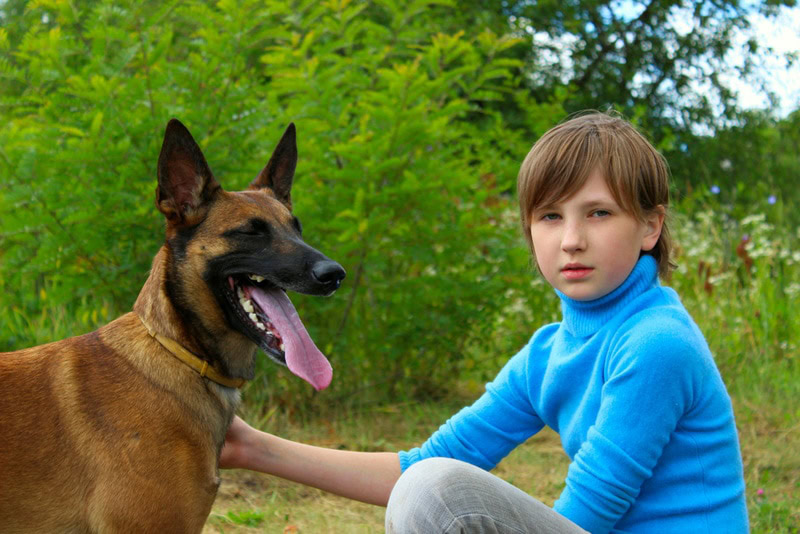
2. Use a Leash or Stay in an Enclosed Area
Keep your dog on a leash when outside, or use a securely fenced area to play in to prevent them from wandering too far and reduce the risk of encountering a hawk.
3. Make Noise
If you spot a hawk nearby while walking your dog, clap your hands, make noise, or use a whistle to scare it away.

4. Avoid Attracting Prey
Hawks are attracted to small animals like birds and rodents. Minimize feeding wild birds or providing food sources that might attract potential prey, which could inadvertently attract hawks.
5. Use Deterrents
Install hawk deterrents near your property, such as reflective objects, scarecrows, or noise-making devices, to discourage hawks from coming too close.

6. Seek Shelter
If you notice a hawk circling or flying nearby and are worried about your dog’s safety, seek shelter indoors until the hawk leaves the area.

Summary
While extremely rare, there are reports of large hawks attacking and even attempting to carry off puppies or tiny dogs, and they can do quite a bit of damage with their powerful talons. However, a hawk’s standard diet consists mainly of other birds, small rodents, rabbits, and small reptiles, so they rarely go after a dog. Make noise by clapping your hands if you see one around, or use a deterrent to discourage hawks from getting too close. Using a leash will help keep your pet close so they’re less likely to be attacked, and if you see a hawk circling the property, seek shelter indoors until they move on.
Featured Image Credit: Radovan Zierik, Pixabay
